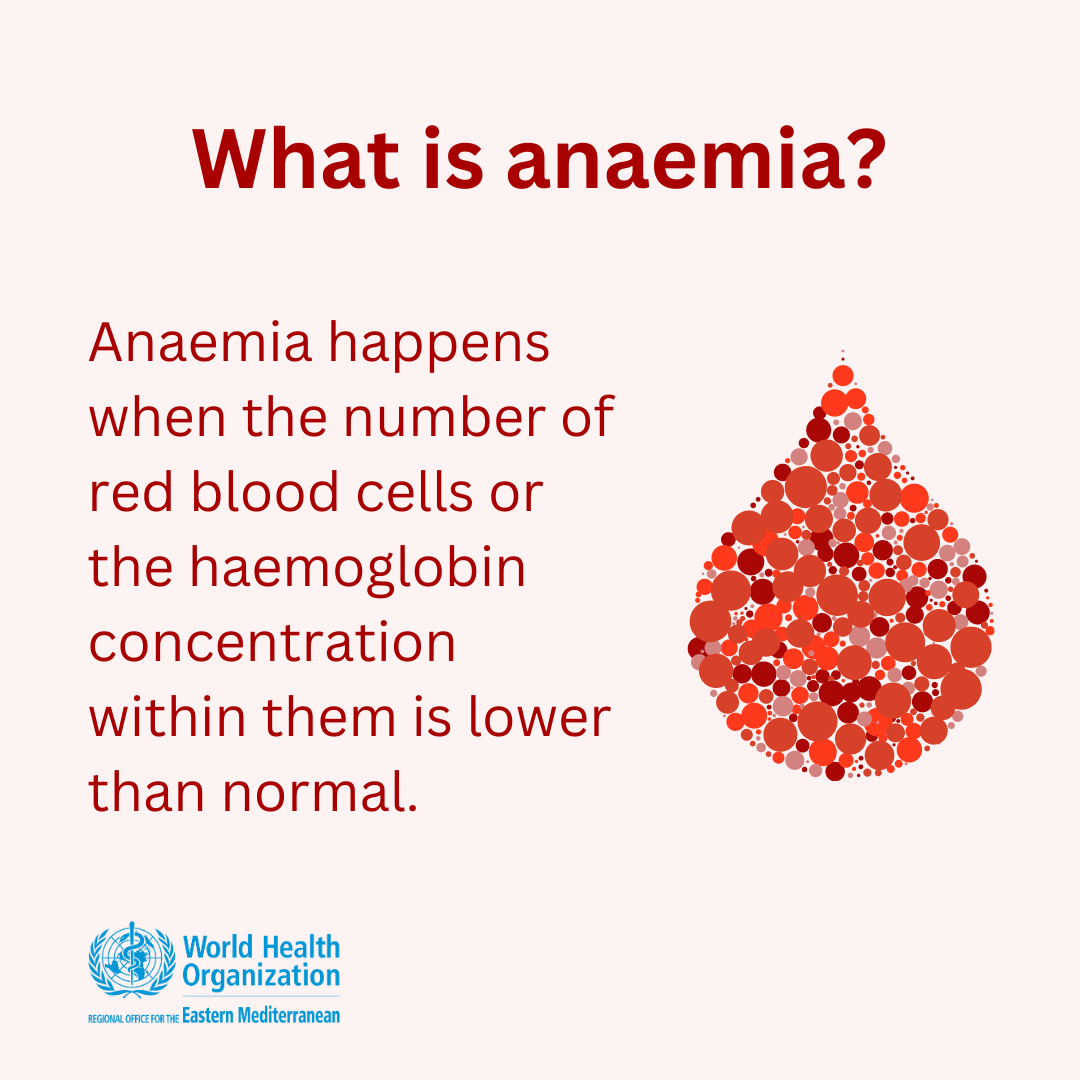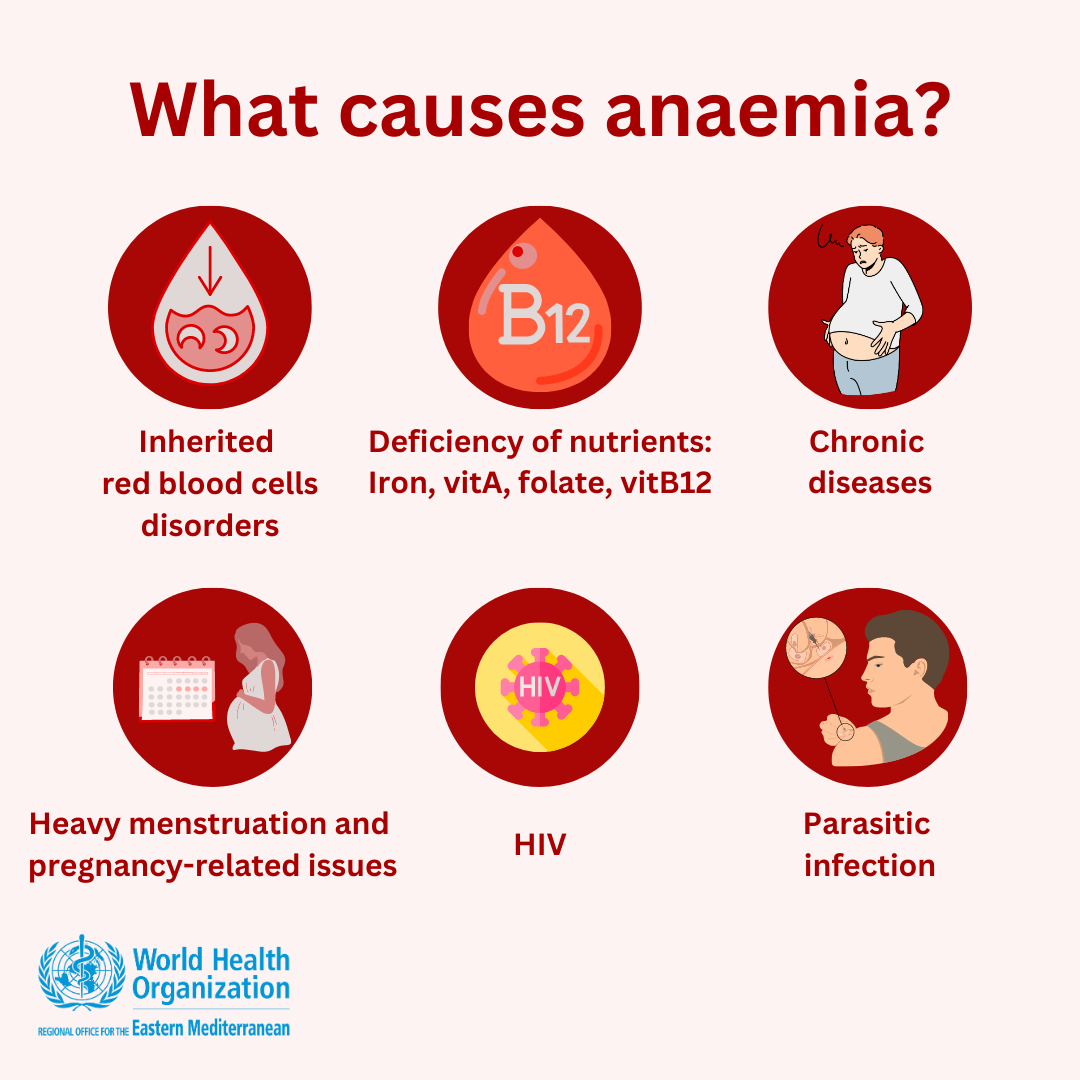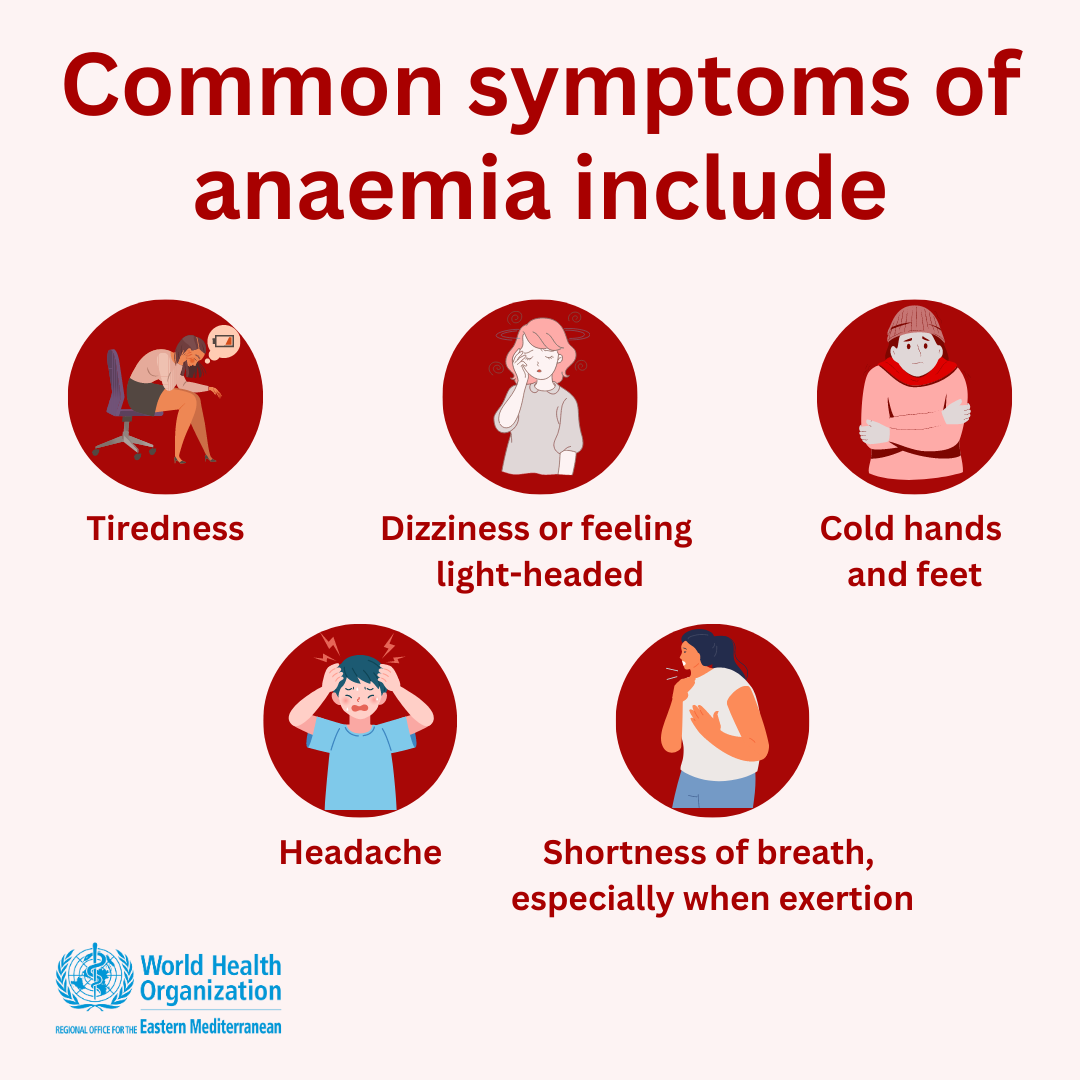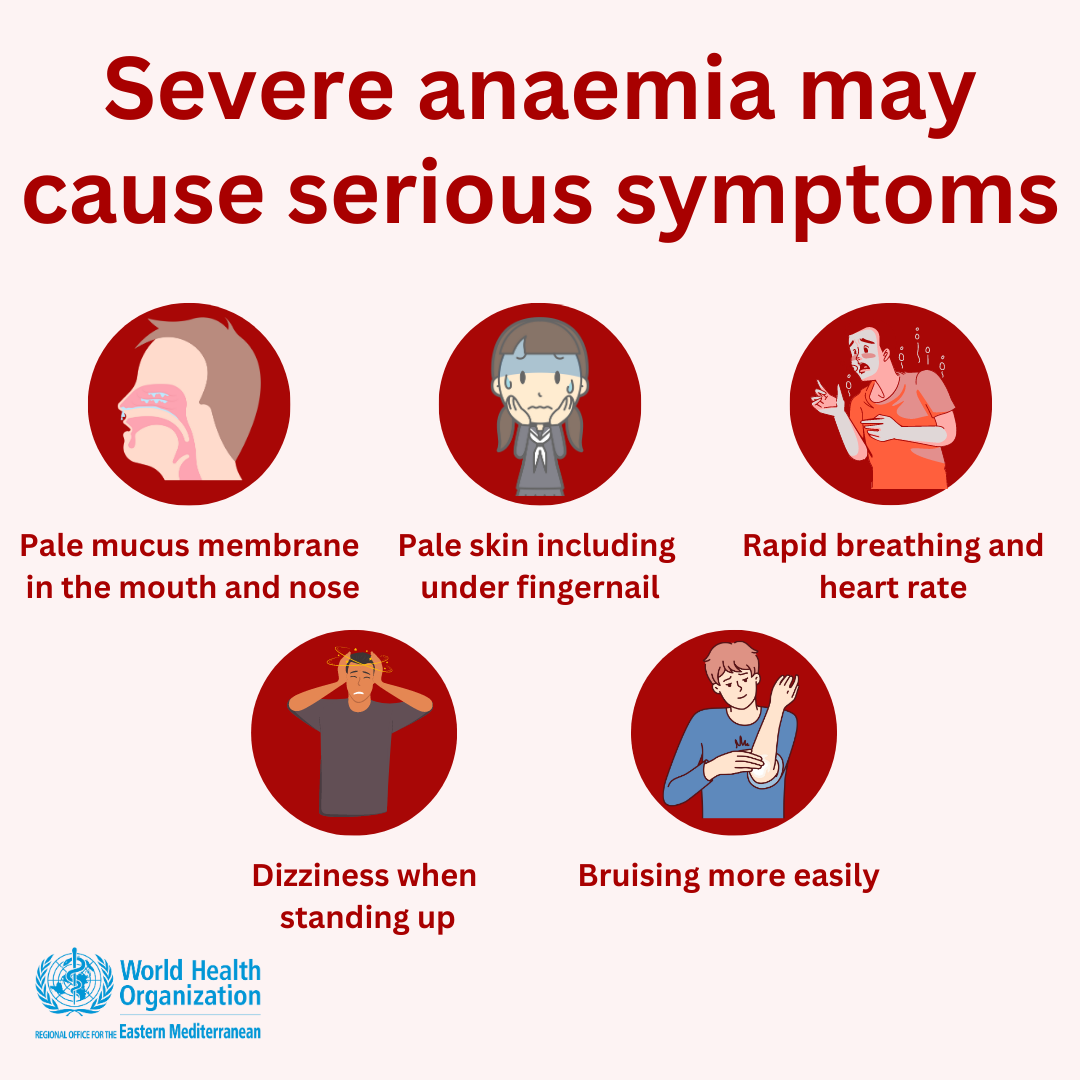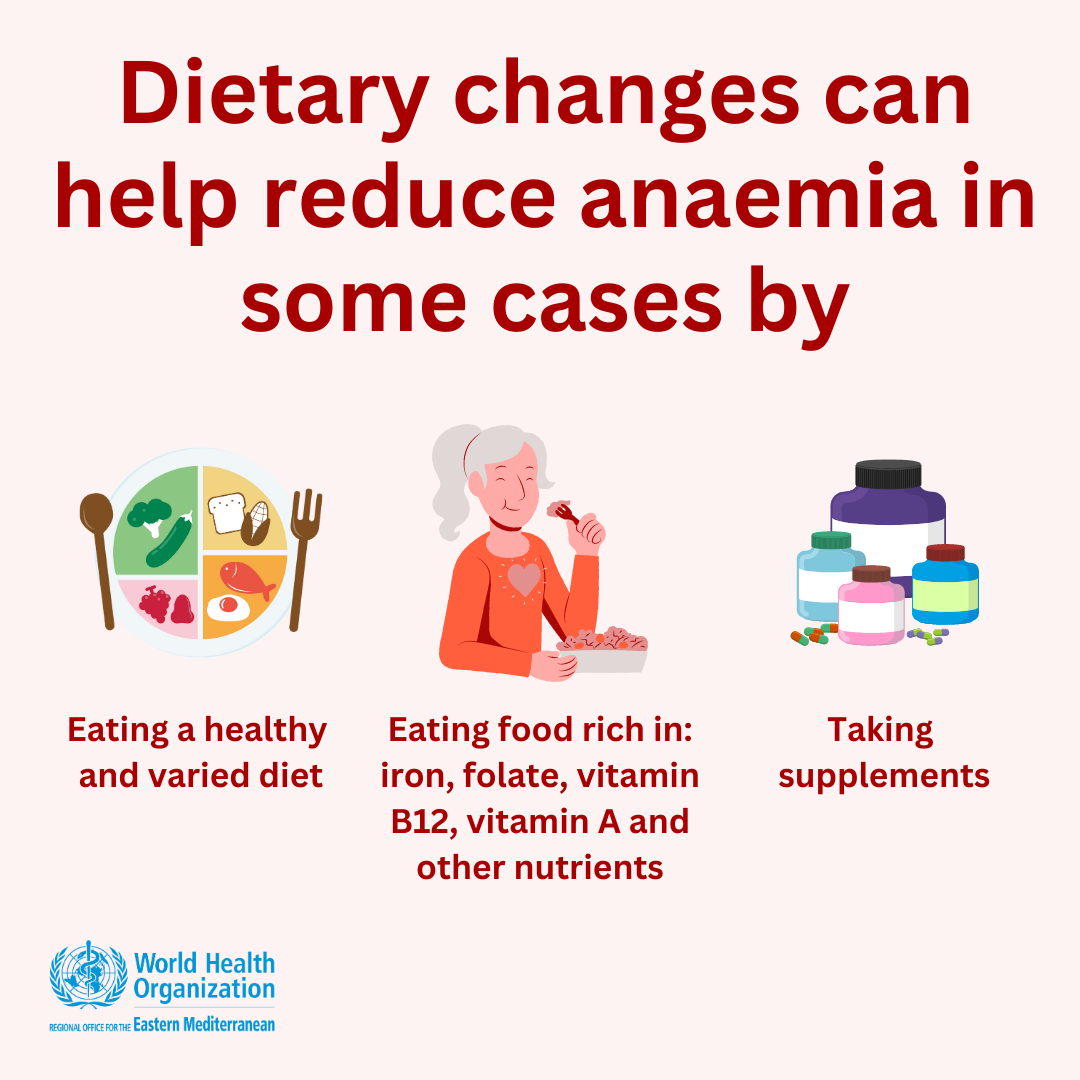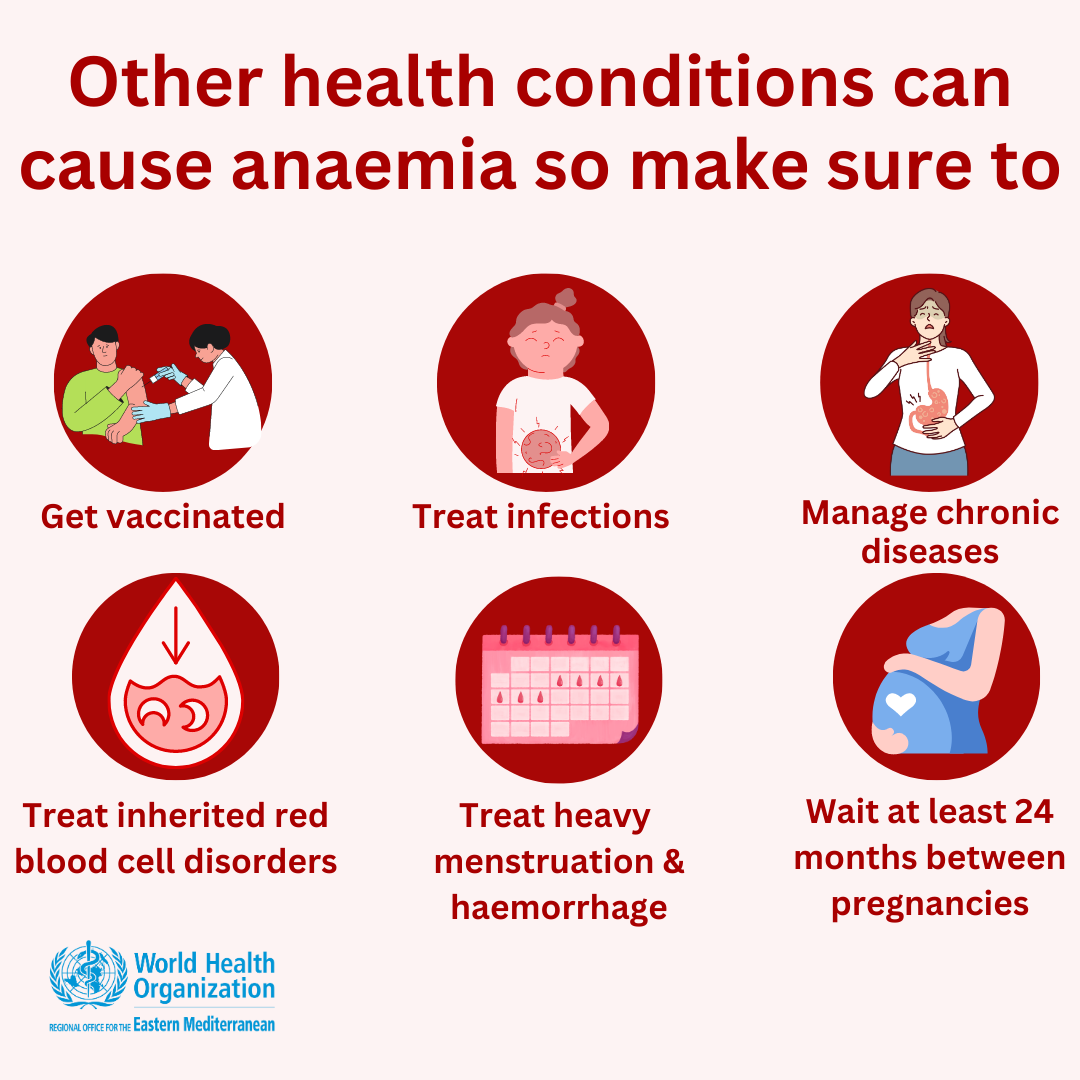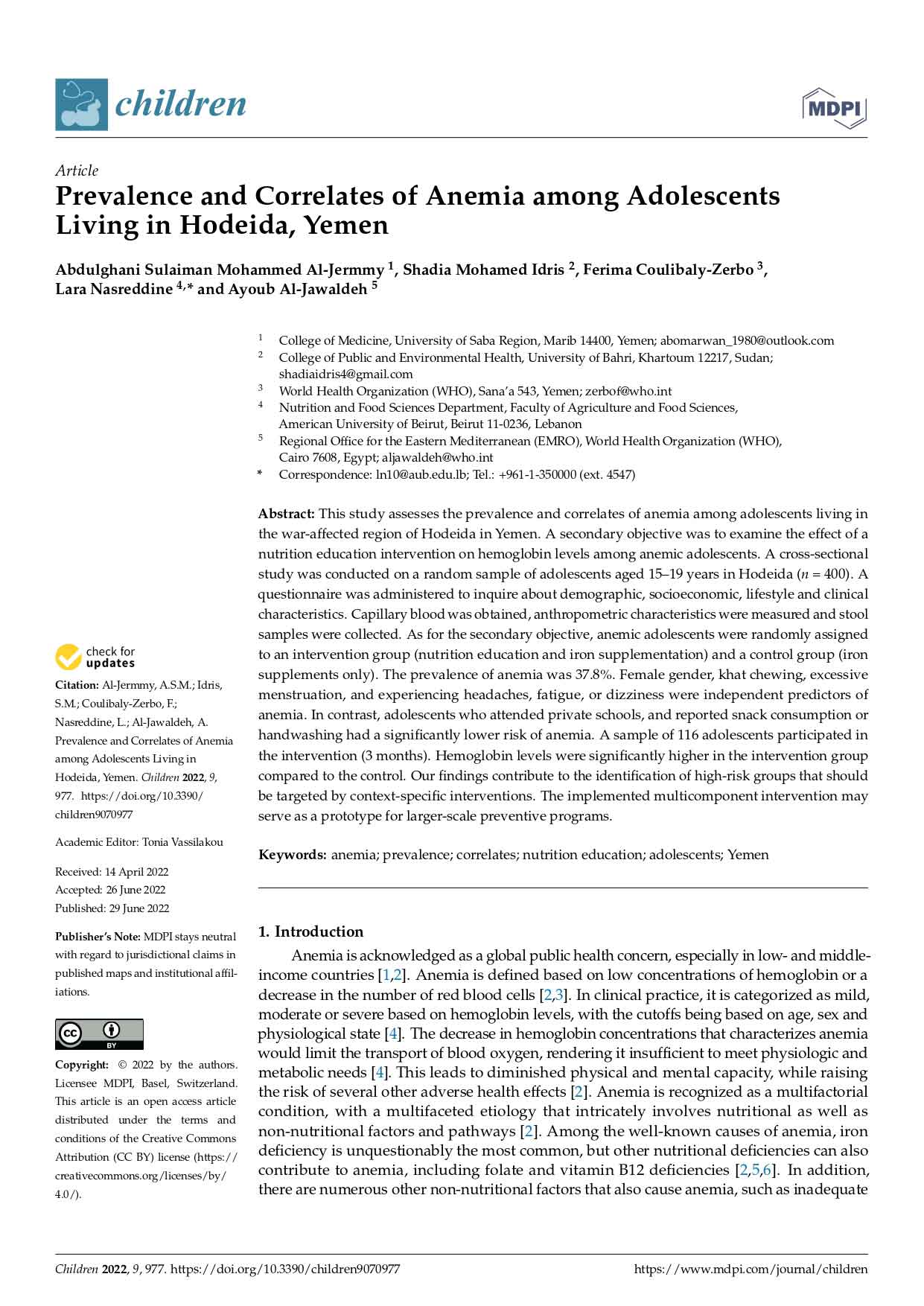
Prevalence and correlates of anemia among adolescents living in Hodeida, Yemen
Publication date: 2022
This study assesses the prevalence and correlates of anemia among adolescents living in the war-affected region of Hodeida in Yemen. A secondary objective was to examine the effect of a nutrition education intervention on hemoglobin levels among anemic adolescents. Overall, the study findings contribute to the identification of high-risk groups that should be targeted by context-specific, integrated intervention programs to decrease the burden of anemia among the Yemeni adolescent population.
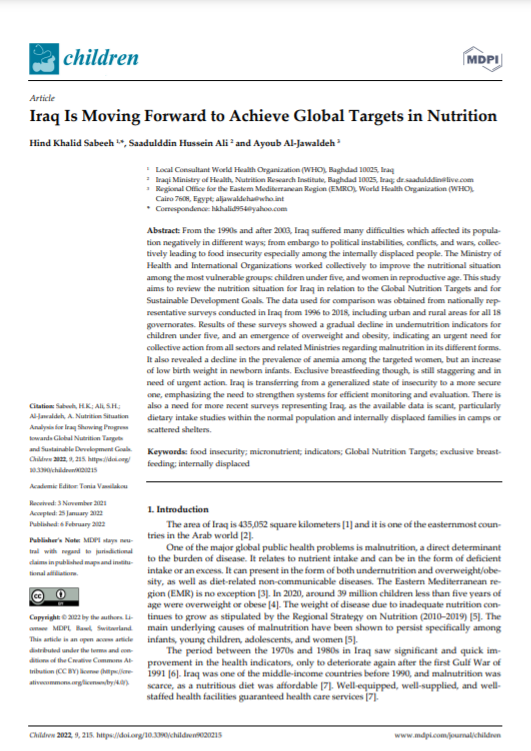
Iraq is moving forward to achieve global targets in nutrition
Publication date: 2022
From the 1990s and after 2003, Iraq suffered many difficulties which affected its population negatively in different ways; from embargo to political instabilities, conflicts, and wars, collectively leading to food insecurity, especially among the internally displaced people. This study aimed to review the nutrition situation for Iraq in relation to the Global Nutrition Targets and Sustainable Development Goals. Findings show a gradual decline in undernutrition indicators for children under five, a decline in the prevalence of anemia among the targeted women, and an increase of low birth weight in newborn infants. Exclusive breastfeeding is still staggering and in need of urgent action.
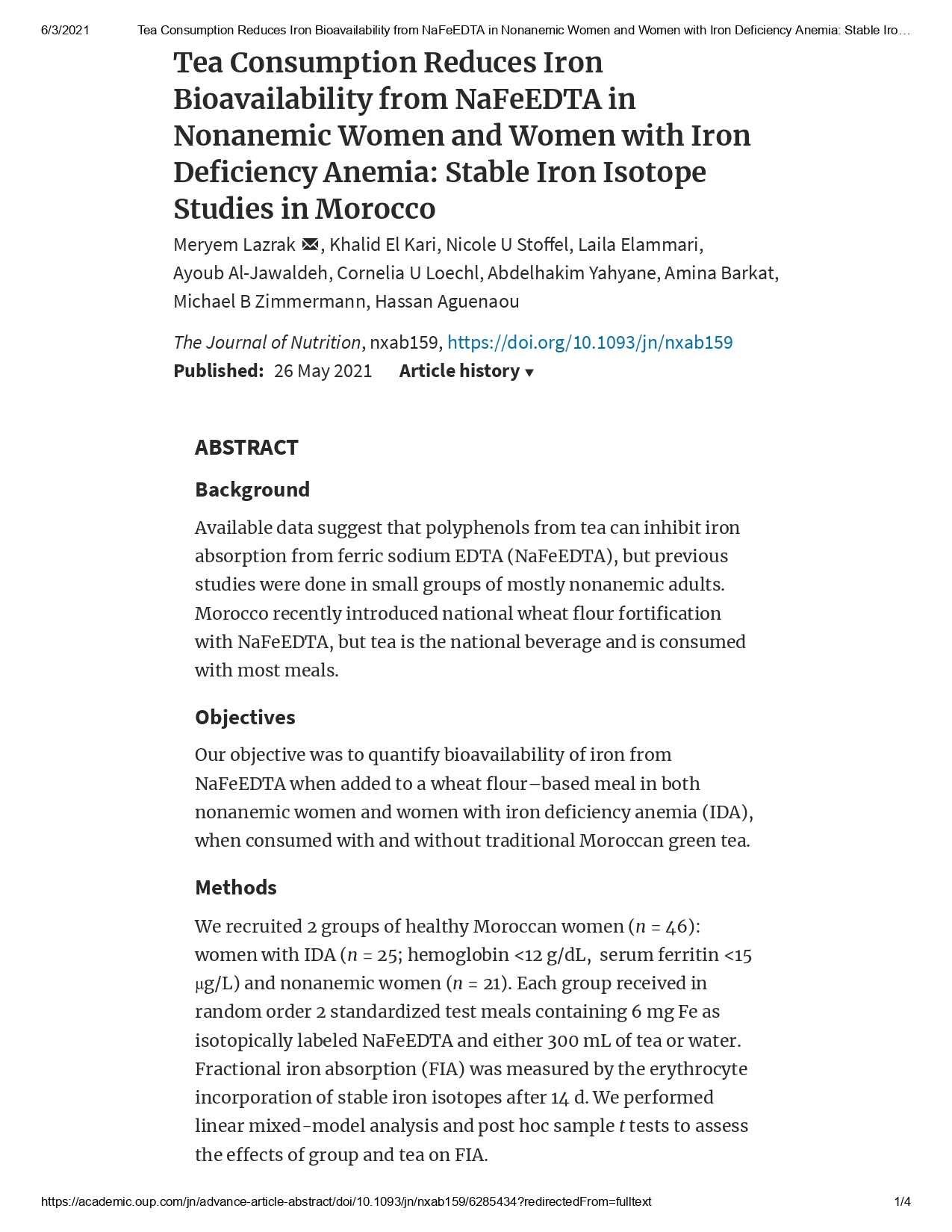
Tea consumption reduces iron bioavailability from NaFeEDTA in nonanemic women and women with iron deficiency anemia: stable iron isotope studies in Morocco
Publication date: 2021
The study aims to quantify bioavailability of iron from NaFeEDTA when added to a wheat flour–based meal in both nonanemic women and women with iron deficiency anemia, when consumed with and without traditional Moroccan green tea. It concludes that fractional iron absorption from wheat flour-based meals without and with tea was ∼2-fold higher in women with iron deficiency anemia than in nonanemic women. Providing fortificant iron as NaFeEDTA cannot overcome the inhibition of tea polyphenols on iron absorption, even in iron deficiency anemia, where iron absorption is strongly upregulated.
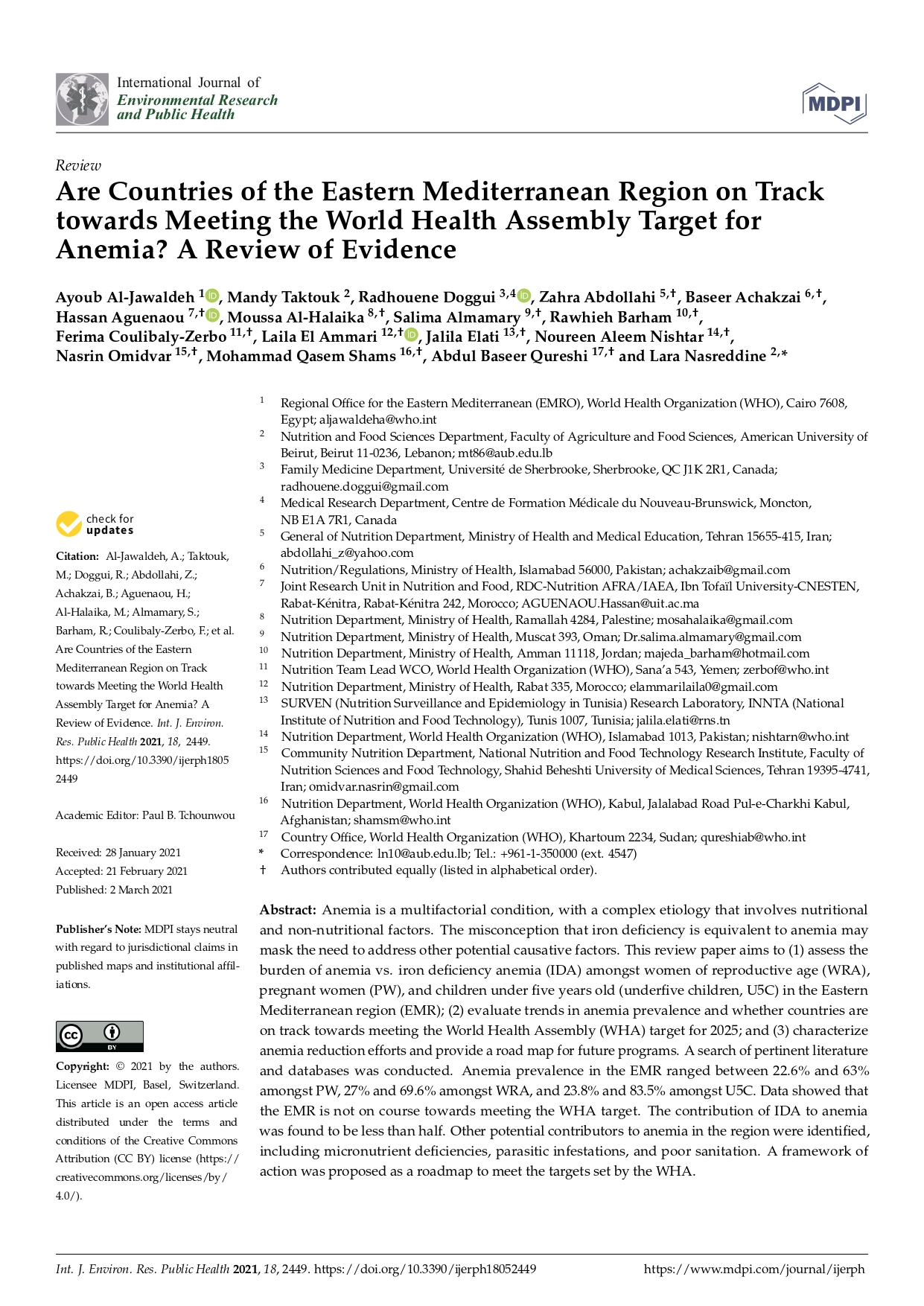
Are countries of the Eastern Mediterranean Region on track towards meeting the World Health Assembly target for anemia? A review of evidence
Publication date: 2021
Anemia is a multifactorial condition, with a complex etiology that involves nutritional and non-nutritional factors. The misconception that iron deficiency is equivalent to anemia may mask the need to address other potential causative factors. This review paper aims to: (1) assess the burden of anemia vs. iron deficiency anemia amongst women of reproductive age, pregnant women and children under five years old in the Eastern Mediterranean Region; (2) evaluate trends in anemia prevalence and whether countries are on track towards meeting the World Health Assembly target for 2025; and (3) characterize anemia reduction efforts and provide a road map for future programmes.
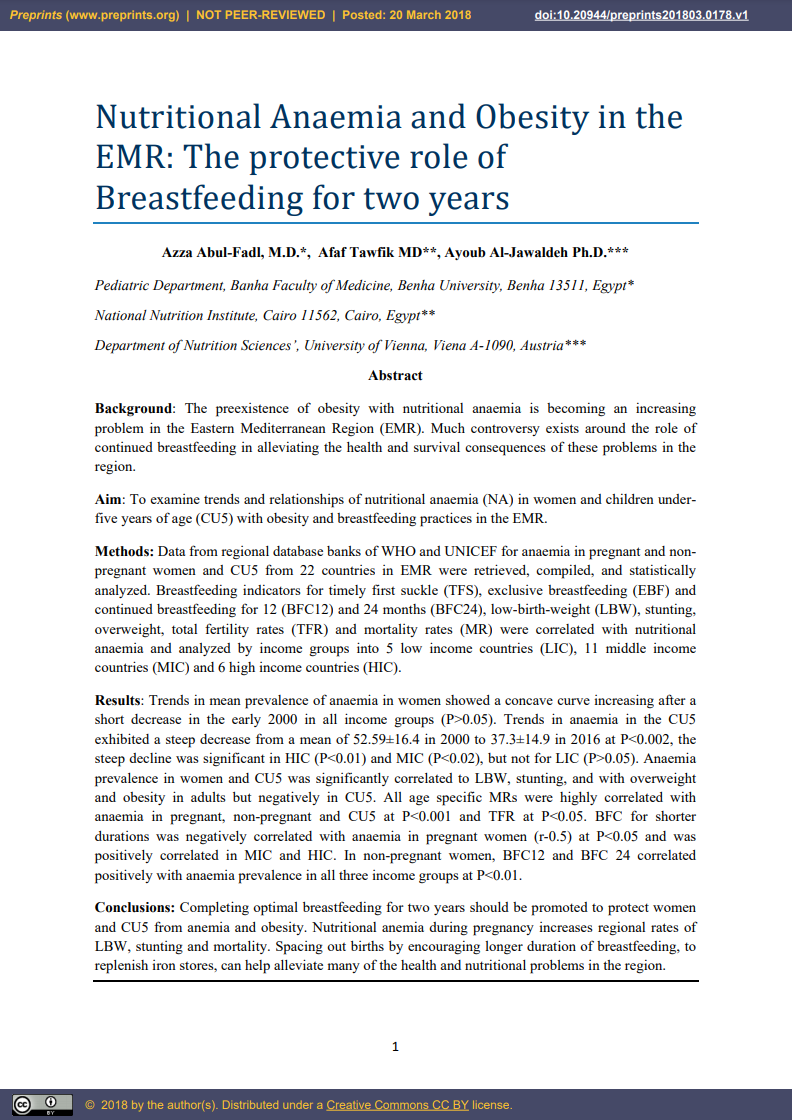
Nutritional anaemia and obesity in the Eastern Mediterranean Region: The protective role of breastfeeding for two years
Publication date: 2018
The aim of this study is to examine trends and relationships of nutritional anaemia in women and children under-five years of age with obesity and breastfeeding practices in the Eastern Mediterranean Region. Data from regional database banks of WHO and UNICEF for anaemia in pregnant and non-pregnant women and children under-five years of age were used. As a conclusion, completing optimal breastfeeding for two years should be promoted to protect women and children under-five years of age from anaemia and obesity. Nutritional anaemia during pregnancy increases regional rates of low birth weight, stunting and mortality.





